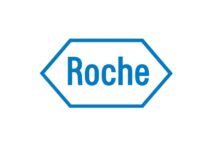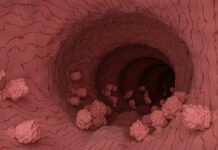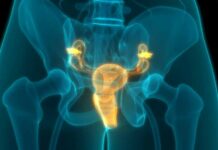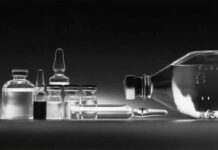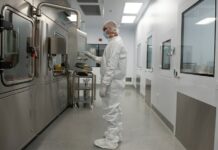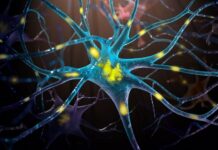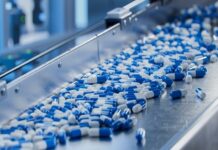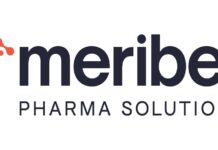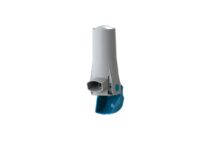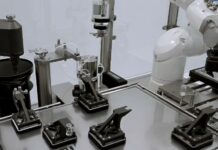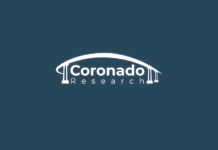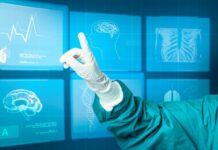Cell and gene treatments are now one of the pharmaceutical industry’s fastest-growing segments, with more and more being investigated for a variety of purposes.
The US Food and Drug Administration (FDA) approved Casgevy, the first CRISPR-based gene therapy, at the beginning of 2024, marking a major milestone for the field of cell and gene treatments. The National Health Service (NHS) in the United Kingdom said on August 8 that sickle-cell sufferers will be able to get this medication.
Many of these treatments are still created and produced using pen and paper, even though they are among the most sophisticated medications in the world. Moreover, a number of autonomous innovations that have been incorporated into other sectors of the economy have not yet reached the pharmaceutical production sector.
As more contract development and manufacturing organizations (CDMOs) engage in the development and production of cell and gene therapies, they will need to identify the obstacles that now stand in their way and devise strategies to get beyond them.
In the next ten years, how will the field of cell and gene manufacturing development change?
More Affordable and Effective
Increasing yield while lowering cost is one of the main industrial problems in cell and gene therapy. In order to guarantee that gene treatments become more accessible, manufacturers must take this crucial step, since some of them may cost up to $4 million per dosage.
All sponsors and biotechs in the space will be looking closely at choosing a CDMO that can help with both of these things, as noted by David Smith, vice president of BioCentriq, a CDMO with headquarters in New Jersey.
Bringing down costs is critical to the industry’s success. To do this, we need to have a deeper understanding of biology and many more global data runs. The cost of production should then start to decline, according to Smith.
Large industrial participants will be essential to this process. This development will mostly come via automation and uniformity, but at a price.
According to John Hadden II, CEO of London-based CDMO ViroCell, standardizing and automating certain processes would reduce production time per batch and result in considerable cost reductions.
According to Hadden II, it’s probably not feasible to think that there will be a silver bullet and that everyone will wake up one morning realizing they can cut the time in half. But additional chances to improve efficiency should exist throughout the process, from the beginning of production to quality assurance and release testing. That will assist you in shifting the yield and cost curves.
Acquiring cost and efficiency also necessitates being aware of constraints. Clients are becoming more demanding of their potential prospects as the industry grows.
Either a bigger payload is being attempted to be delivered, or the vector is being asked to carry out more tasks. These two elements provide a downward pressure: the yield decreases with increasing payload and increases with vector demands. According to Hadden II, combining the two becomes a true challenge. The challenge facing the business is figuring out how to satisfy customers’ demands for more from their agent while maintaining a good return.
Using Different Vectors
The use of extra vectors in gene treatments is another expected development within the next ten years. At the moment, the most often used vectors are adeno-associated viruses, or AAVs.
The Belgian company EXO Biologics has opened an exosome CDMO called ExoXpert and is using its Exo Pulse technology to enhance its production capabilities. It is also pursuing clinical trials for bronchopulmonary dysplasia with an exosome-based treatment.
Gene treatments may use exosome-based vectors, according to production manager Romain de Rauville.
The capacity to load extracellular vesicles (EVs) with a payload has been established, which is a noteworthy scientific advance as it makes EVs suitable for use as a non-immunogenic medication delivery method. This turns into a substitute for lipid nanoparticles (LNP) or AAV. Because they induce immunogenicity, AAV and LNP have the drawback of maybe working well initially but not at all in successive treatments. The body does not identify EVs since they are completely natural, according to de Rauville.
Experts are concerned about the possibility that if a patient has already been exposed to the viral vector being utilized, the first dose of AAVs may not elicit an immunogenic response.
Hadden II and many others in the business, however, think that viral vectors will probably continue to be the most common kind of vector.
Dispersing Manufacturing
Decentralized production, also known as Good Manufacturing Practice (GMP) in a box, is another new trend. This is especially true with autologous treatments. On paper, this strategy of manufacturing on-site to cut down on vein-to-vein time sounds reasonable, but there are worries about increasing site load and responsibility.
De Rauville admits that he is not quite sure about this strategy. Although not a biotech staff member, the hospital employee manufacturing will have some accountability, since the biotech generating the technology is still the sponsor and the body in charge of production. In the event of an error, who has the responsibility? He is unsure if every hospital will find this strategy acceptable as a consequence, but it is intriguing.
The largest obstacle, as seen from the standpoint of a CDMO, is the expense of establishing many cleanrooms. If the facility is only being used by one client and a small number of patients, this would be very costly and difficult to justify, according to Smith.
CDMOs will only be able to do this by bringing in their instruments and cleanroom, going all digital, and using their own software. This approach is only viable if you are running out of a center or if you have up to 30 customers. It will be very costly for a single person to build up a single cleanroom at a location.
Technology Must Advance
The fact that much of the manufacturing for cell and gene therapy is still done by hand rather than with computers is a startling facet of the industry.
As you go through this burgeoning discipline, it becomes quite difficult to develop these cures.
The CEO and co-founder of London-based Autolomous, a software firm that manufactures cell and gene therapy, Alexander Seyf, feels that systems, including the company’s own technology, which has been embraced by many CDMOs, are now sufficiently advanced.
As a sector, we must transition to digital; we must gather, manage, and interpret data. According to Seyf, this is where I think machine learning and artificial intelligence (AI) can really shine.
It may assist with data collection throughout manufacturing as well as increase efficiency, saving money for the sponsor and CDMO alike.
He can utilize previous data to adjust the schedule while creating production time slots so that resources are used more effectively. Seyf continues, We can make predictive use of that data.
The sector has already seen substantial growth
Compared to other medicines, cell and gene therapies are still in their early stages of research. However, Seyf believes that industry can still work together and learn from one another’s failures to advance medication development.
To figure out how to improve this, we must collaborate. In the field of cell and gene therapy, errors may have deadly consequences. We could save more lives faster if we pooled all of our data, recognized the errors that had already been made, and did not withhold the unfavorable information, according to Seyf.
Though these medicines are relatively new, they have already surmounted a number of obstacles, opening up a clear road for those who are currently developing and producing them.
Hadden II ends, Thank God for those courageous people who came before us because they took a machete and chopped a pathway through the forest. He now believes that the whole business is focused on improving it, since it is our collective responsibility to see that the patient receives the care she needs. That patient may be my daughter, your closest friend, or your mother.



